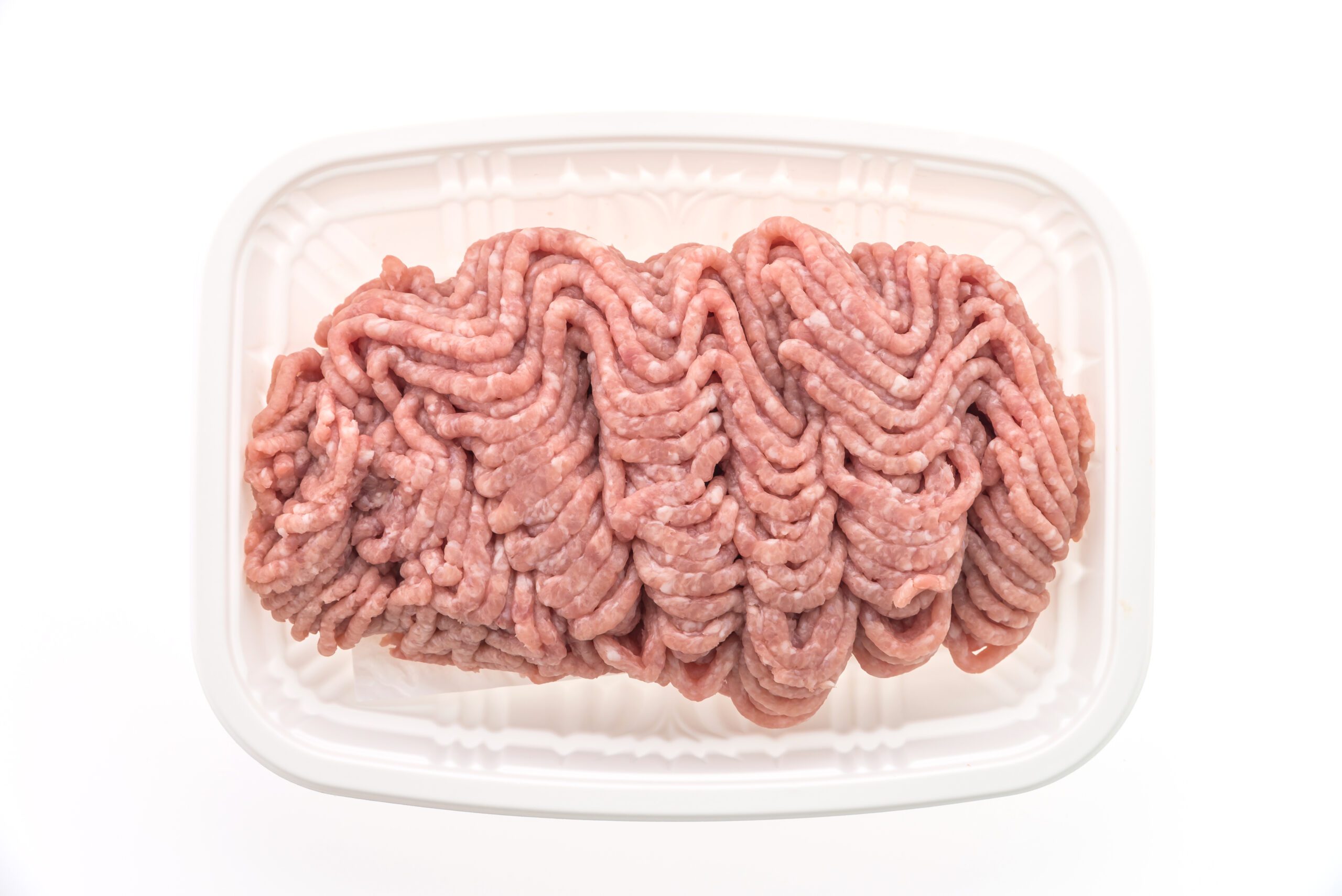While lab-grown meat is sparking interest, it’s not the only innovation in the area. Have you ever heard of molecular farming? On the occasion of Earth Day, April 22, we explain what it involves.
In order to rethink our food system, which has a heavy impact on our planet, we must find a way to produce protein in a way that doesn’t involve raising livestock. While lab-grown meat is sparking interest, it’s not the only innovation in the area. Have you ever heard of molecular farming? On the occasion of Earth Day, April 22, we explain what it involves.

You may be familiar with molecular gastronomy, which combines scientific principles with culinary arts allowing cooking techniques to be considered from a different perspective. It’s been the subject of books such as one by Hervé This, who has long worked on the subject. But do you know what molecular farming is? While the names suggest they’re related, similarities basically end there. Molecular farming is about rethinking the food system and making it less impactful for the planet.
According to the FAO, the United Nations agency for agriculture and food, the meat industry is responsible for about 14.5% of CO2 emissions related to human activities, while it’s estimated that the food industry is linked to around one third of greenhouse gas emissions. Adding to the complexity of the issue are population projections for 2050, which indicate that by that date the planet will be home to ten billion people who will have to be fed. In this context, the consumption of meat and dairy products are predicted to increase by 70%.

Could plants hold the solution? They’re already used as a source of proteins, in particular the legume proteins provided by soy, lentils and chickpeas. With molecular farming, the use of plants takes on another dimension since this approach sees them used to manufacture proteins. The principle is nothing new. For 40 years now, molecular farming methods have been used by the pharmaceutical industry to develop drugs and vaccines. The technique consists in manipulating the plants on a cellular, genetic level to stimulate the production of proteins.
** Click here to read the full-text **










